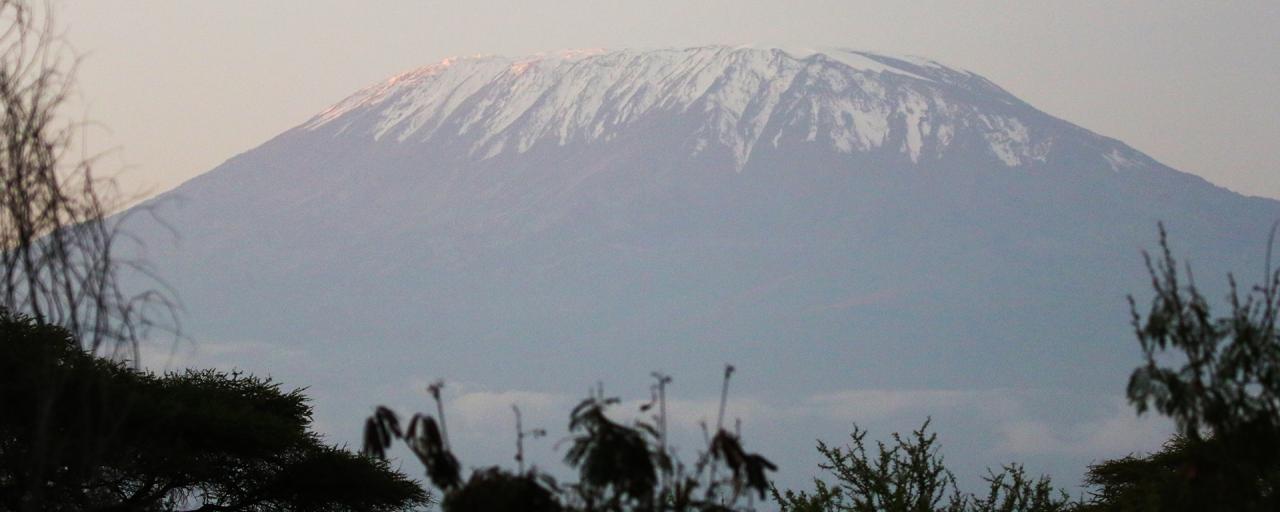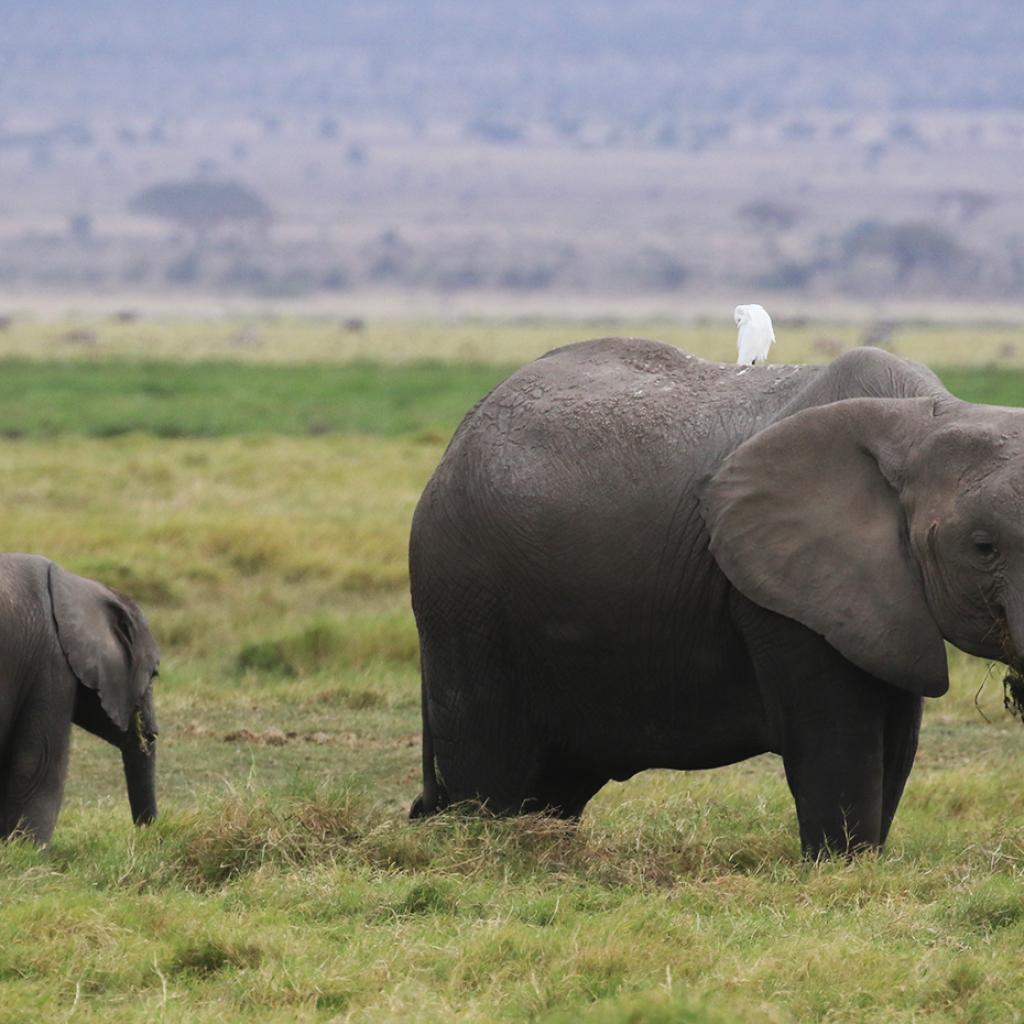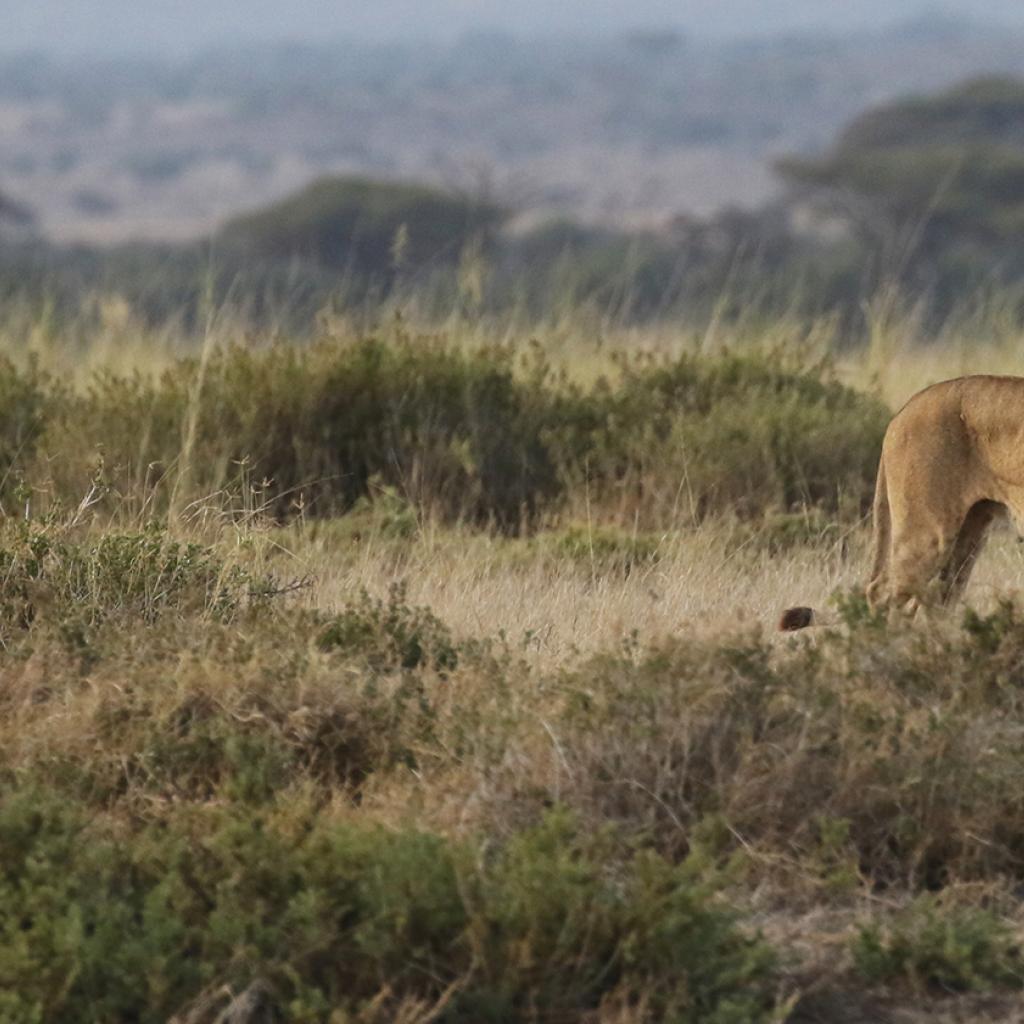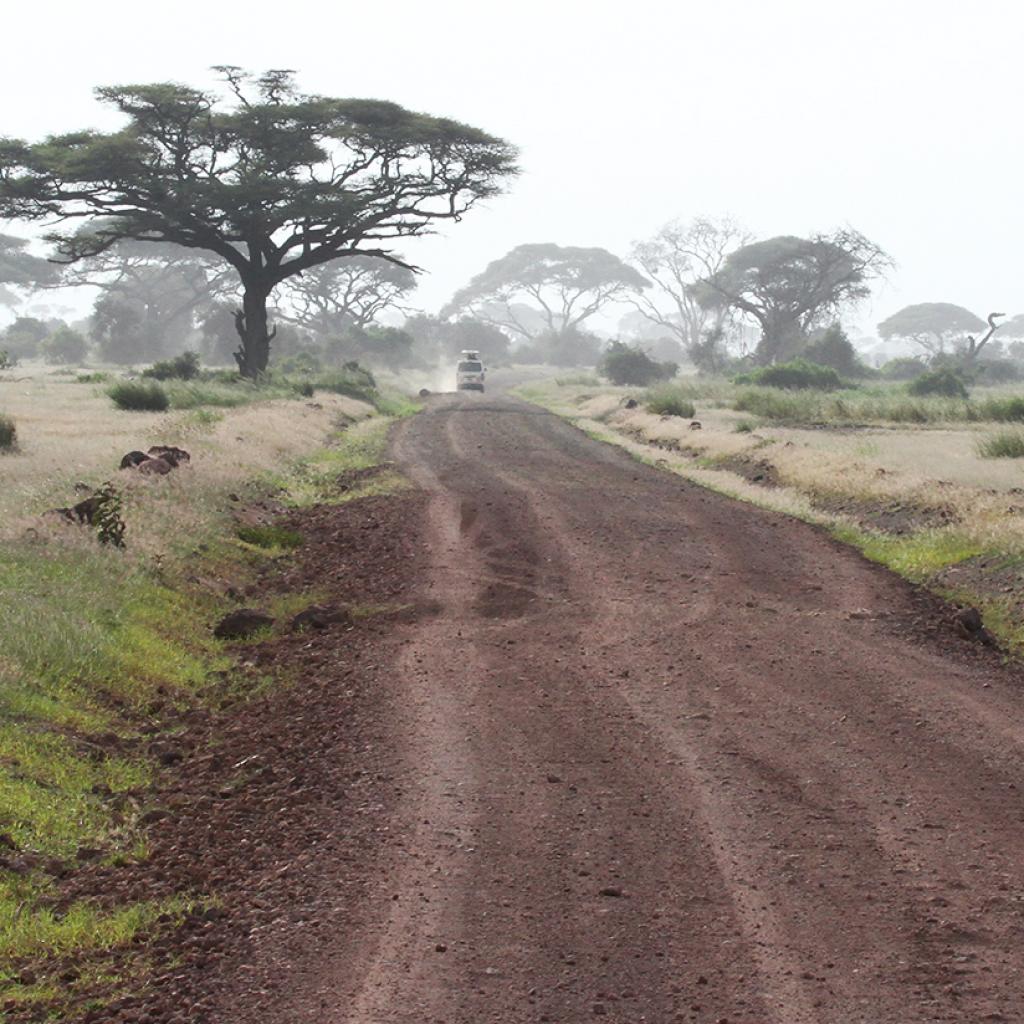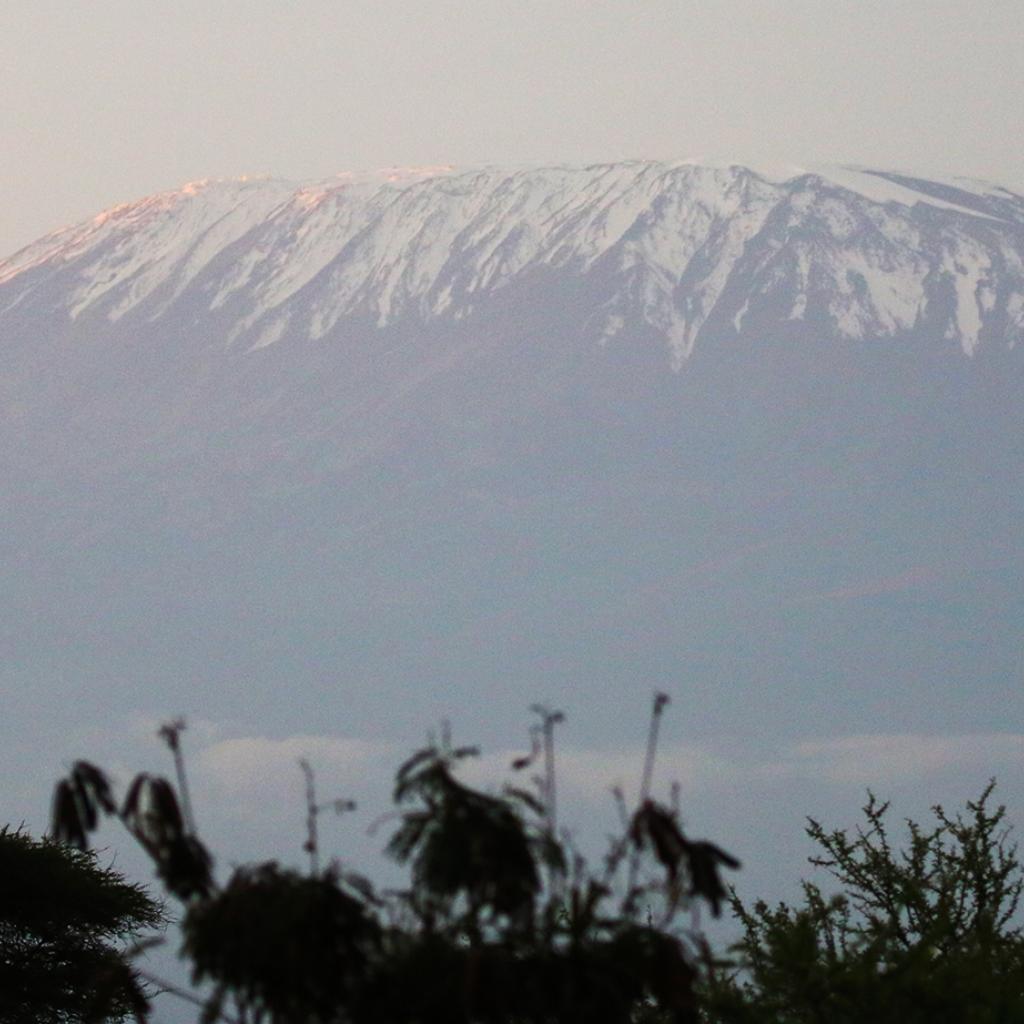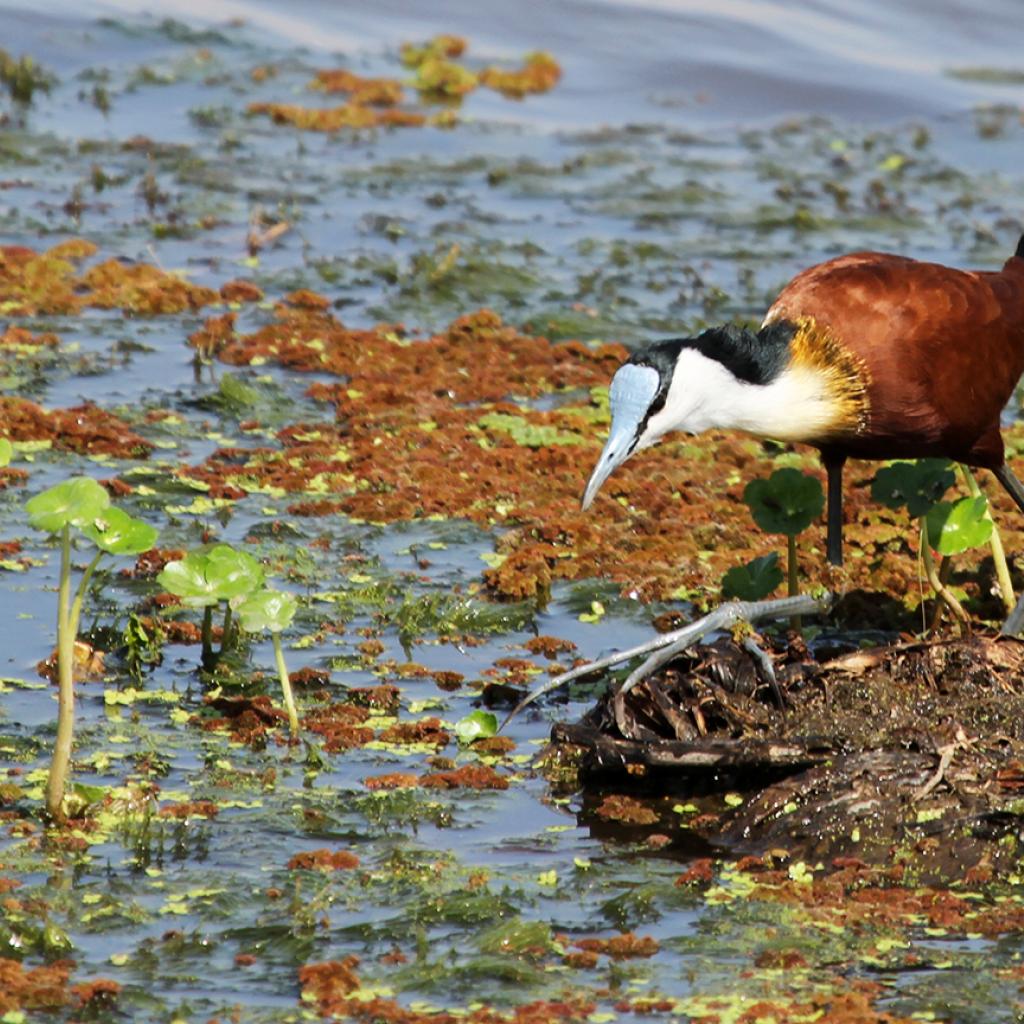Kilimanjaro, with its 5,895 meters, is the highest mountain in Africa and as well the single highest mountain in the world.
It's a volcano in a quiescent state that was formed in the Pleistocene, about 750,000 years ago and its geological changes have continued up to 250,000 years ago; in this period, as a result of its seismic activity, 250 volcanic crater lakes and hills in the neighboring area were formed.
Kilimanjaro has three main cones: Shira, the oldest cone, 3,962 meters high and located further West than the other two, is the smallest; Mawenzi measuring 5,149 meters and located to the East; while Kibo, the latest cone, measuring 5,895 meters and located in the middle of the other two, is also the highest.
Shira and Mawenzi are two extinct cones while Kibo is dormant and sometimes it can happen to see fumaroles; the area between Kibo and Mawenzi is called Saddle and it is an area of highland tundra covering a land of 3,600 hectares.
The first ascent to Mount Kilimanjaro was carried out by the German geologist and explorer Hans Meyer and by mountaineer Ludwig Purtscheller, who reached the summit on October 6, 1889 at their second attempt.
On the summit of the mountain there is the Rebmann Glacier, a perennial glacier estimated to have 10,000 years.
The glacier is named after the German missionary Johannes Rebmann, who first sighted it in 1848 and was mocked and not believed when he told other Europeans in Africa, not far from the Equator, there were snow and a glacier; to tell the truth, at first, he thought that the white top of the mountain were clouds, but when his local guide told him they were not clouds but "baridi" or "cold", he did not take long to understand that they were snow and ice.
It is estimated that one-fifth of the mass of glaciers present in the African continent is on Kilimanjaro between Kibo and Mawenzi; these glaciers, once loose, penetrate underground to re-emerge in the valley, feeding lakes, swamps and marshes.
Since the first ascent to date, the glacier is much smaller, it is estimated that from the end of the nineteenth century to the 80s, it has been reduced by a third and that it has lost another third in the following years; if this trend continues experts estimate that in the next few years the glacier will disappear, some estimate in 2060 other, more pessimistic, in 2030.
Usually, it snows on the summit in the months from March to May and from November to December, or during the rainy season.
The origin of the name "Kilimanjaro" is uncertain but it seems to derive from the Kiswahili words "kilima", that means hill, and "njaro", that means white or shiny.
Mount Kilimanjaro is located in Tanzania and it is part of the Kilimanjaro National Park.
From the Amboseli National Park in Kenya, that is only 30 km away, you have a privileged view of this legendary mountain, the best sightings are in the early morning and in the evening, at sunset, when the clouds part and the volcano shows all its majesty.
Even from the towns of Arusha and Moshi and from the Arusha National Park in Tanzania, you have a spectacular view of Kilimanjaro when not hiding in the clouds.


